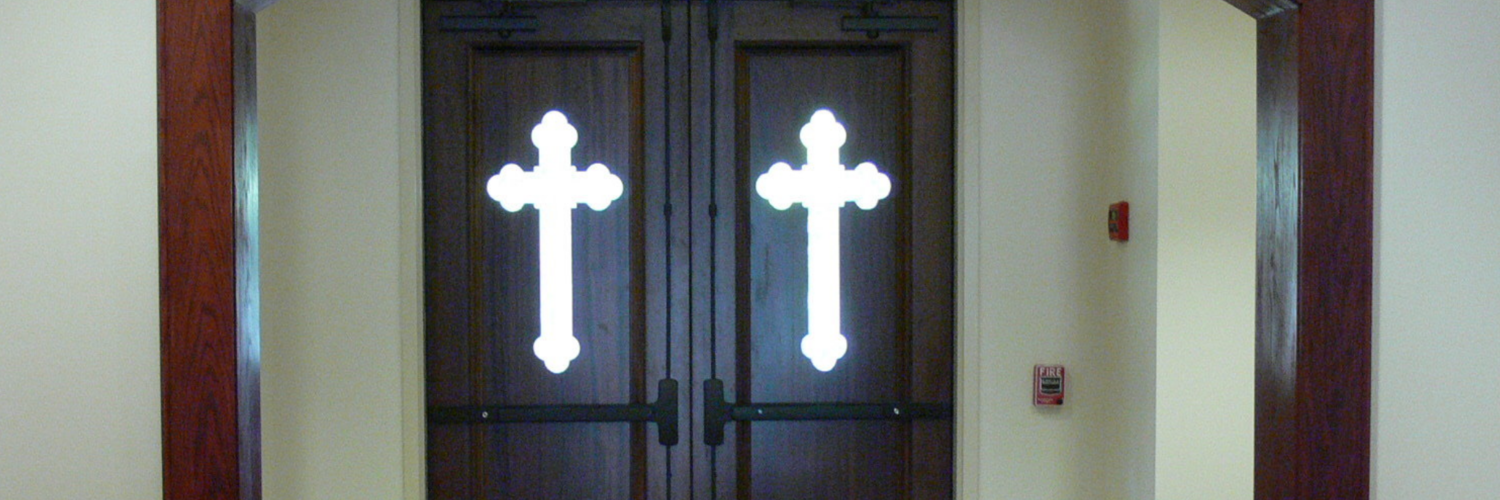OK. America is months away from March 3, when primaries in California and 14 other states may well fix the final shape of the Democrats’ presidential contest and whether it might grind away until the July convention.
But the 2020 campaign is already fully launched and running red hot, so let’s scan some scenarios for political reporters who are watching religion and religion reporters who are watching politics.
The one novel angle this round is Pete Buttigieg’s pitch to inspire voters who are liberal in both religion and politics to at last get organized for victory. The Guy suspects he’s more likely to move up from the second tier and snag the nomination than that such a New Religious Left will deliver the goods in ballot boxes. Still, Mayor Pete’s prospects are newsworthy because he’s out to scramble the religious dynamics of the past four decades.
However, the Democratic National Committee proclaimed the bigger reality in a significant resolution (.pdf here) at its August meeting in secular San Francisco that roused scant MSM interest — but energized conservative and secularist media. The party championed the patriotism and morals of religiously unaffiliated Americans and said they “should be represented, included and heard” because they are now “the largest religious group within the Democratic Party.”

The party can count noses. Or its leaders noted the predictions of religion-and-politics experts like scholar John C. Green of the University of Akron.
Party leaders said the nonreligious were 17 percent of 2018 voters, and they make up a third of today’s Democrats vs. only 17 percent in 2007 when Barack Obama launched his campaign. They constitute something like a fourth of the overall U.S. population and 35 percent of those under age 30. So there’s “potential to deliver millions more votes” through “targeted outreach” that boosts turnout.
The Democrats’ statement ignored the ground-level fact that religiously unaffiliated Americans tend to be less engaged in civic affairs, and harder to contact and organize, than members of religious congregations. Crucially, the above data remind us that two-thirds of Democrats remain nominally or actively religious. Combined with religiously inclined Independents, they’ll determine who wins.
How to get 271 electoral votes? Repeat after me: White Catholics. White Catholics. Big Ten states plus Florida. Big Ten states plus Florida.
The Democrats’ statement strongly and specifically bemoaned “misplaced claims” of “religious liberty,” put within quote marks to underscore that these claims are spurious. The party declared they are merely a means by which Republicans threaten the rights of LGBTQ Americans, women, and ethnic, religious and nonreligious minorities.
What, then, of the religious-liberty wars in 2020? Here’s a solid rundown of now-familiar patterns from a generally liberal outlook, by Jenna Reinbold, a Colgate University religion prof and Public Religion Research Institute fellow. Her purpose is to explain why these liberty disputes are such a “distinct advantage” for President Donald Trump’s campaign.
She says the country is struggling to balance two guarantees in the Constitution, 1st Amendment “free exercise of religion” over against LGBTQ rights based upon 14th Amendment “due process of law.” The Supreme Court’s 2015 Obergefell opinion to legalize same-sex marriage provided no framework for handling religious liberty, she observes, setting up a confusing “patchwork” of state laws and administrative rulings.
“In a context of high-stakes legal uncertainty” over religious freedom, she thinks, Trump’s “ruthlessness and disdain for compromise have proven attractive even to people who have every reason to recoil from him on other grounds.” Significant numbers of social conservatives conclude there’s a need “to salvage the basic rights of their increasingly-embattled communities.” As always, post Roe vs. Wade, Supreme Court appointments loom large.
Similarly, the anti-Trump Peter Wehner wrote, in The Atlantic, that many of his fellow white evangelicals “are deeply fearful of what a Trump loss would mean for America, American culture, and American Christianity.” For such voters, a friend remarked to him, this is “the Flight 93 election,” referring to airline passengers’ emergency action on 9-11 that crashed and killed everyone on board to prevent a devastating attack upon Washington, D.C.
Martin Castro, then President Obama’s appointee to chair the U.S. Commission on Civil Rights, wrote that “religious freedom” is often a “code word’ for “discrimination, intolerance, racism, sexism, homophobia, Islamophobia” and ‘Christian supremacy.” He neatly summarized just the attitude that frightens and energizes the right.
Religion writers will be interested in whether, as a fivethirtyeight.com headline proclaimed Sept. 18, “The Christian Right Is Helping Drive Liberals Away From Religion.” The site amalgamated survey research to contend that conservative Christian activists played a “profound role” in causing liberals to reject organized religion amid the rise of unaffiliated “nones.”
Need a few key numbers?
Since 1990, the share of political liberals who never attend worship has tripled. Liberals were certain about God’s existence by 53 percent in 1991 but only 36 percent last year. And so forth. Thus we have polarized America’s link between political ideology and religious identity. “The more liberal you are, the less likely you are to belong to a faith,” and the reverse for political conservatives.










